Founded in 2010 as the Brand Academy – Hochschule für Design und Kommunikation, it changed its name to Brand University of Applied Sciences in 2019. Focused on interdisciplinarity, innovation, and the creation of value through and for brands, BU boasts an international team of experienced professors, lecturers, experts and practitioners.
Schools
In collaboration with some of Germany’s top design universities, the prize benefits from a burgeoning community, offering an inclusive, enriching and nurturing environment that encourages healthy competition
With each institution considered for its future-facing ideals and consideration of design’s reciprocal impact, the prize is set to redefine the way in which young, forward-thinking talent is integrated into the broader industry.
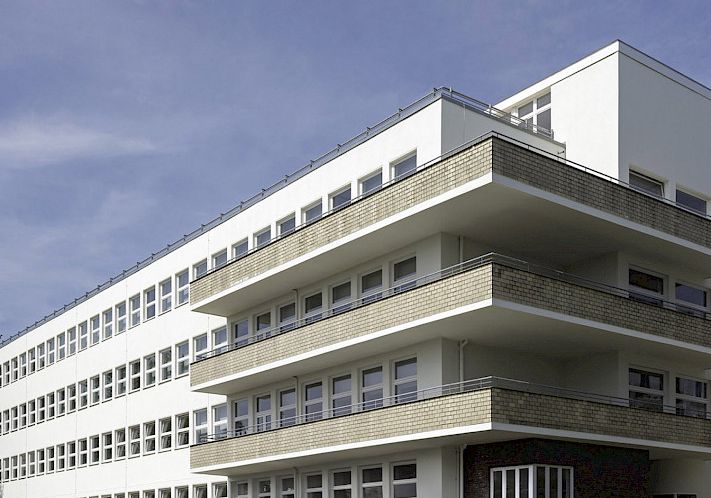
Brand University of Applied Science Hamburg
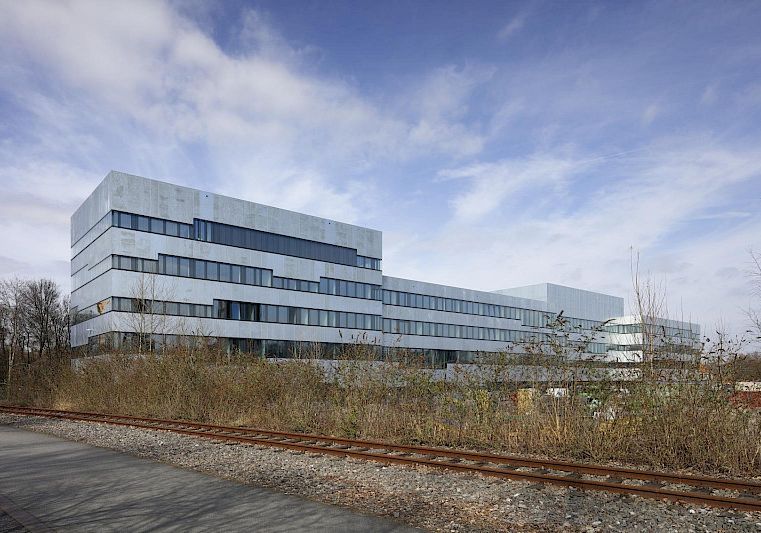
Folkwang University of the Arts Essen
The Folkwang University of the Arts is one of the only institutions in North-Rhine Westphalia focusing on music, theatre, dance, design and academic studies. Having delivered a dynamic curriculum since 1927, the university is a leading force in the interdisciplinary cooperation between the arts. Its participation in this year’s RIMOWA Design Prize will be carried out by the “Office for Society in Motion”.
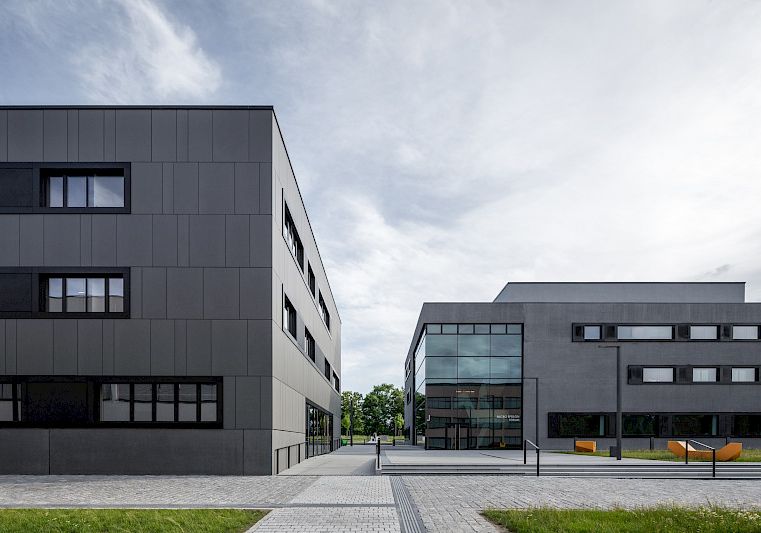
Deggendorf Institute of Technology
Founded in 1994, where it became Bavaria’s most successful new university for applied sciences, Technische Hochschule Deggendorf now serves over 8,000 students, with 34% coming from international backgrounds. By actively transferring its varied curriculum back to the regional economy, it remains at the forefront of pressing economic and social trends.

Muthesius University of Fine Arts and Design
Located in Kiel, Muthesius University is the only art university in the State of Schleswig-Holstein. Steadfast in its goal to promote art, design, and a variety of innovative spatial strategies, the university underpins its largely creative curriculum with highly-focused research and development projects.

Karlsruhe University of Arts and Design
Having developed since the early-1990s in Europe, the United States and Japan, HfG Karlsruhe has carved out an incredibly diverse and impactful curriculum. At the university, communication design, product design, media art, exhibition design and scenography seamlessly interact with art research, media theory and media philosophy.
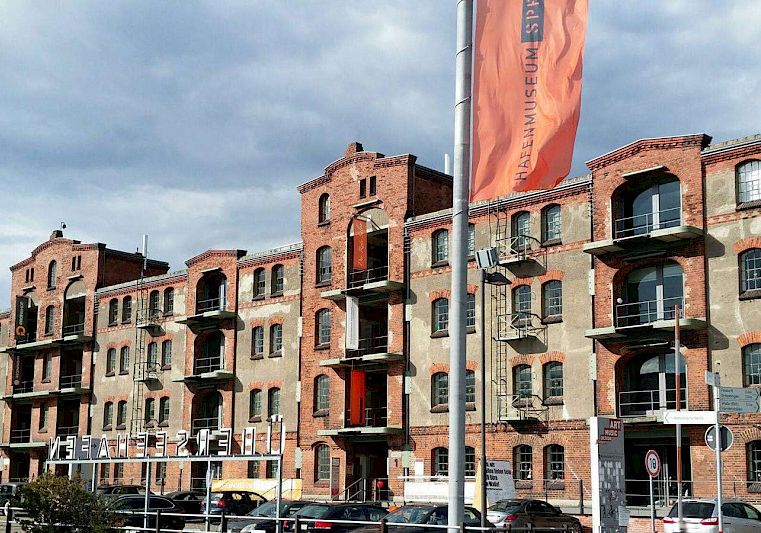
University of the Arts Bremen
University of the Arts Bremen offers highly qualified tuition across a diverse range of interdisciplinary programmes which transcend the boundaries between the disciplines of music, art and design. Co-operation between its twin faculties ranges from inter-faculty seminars and workshops through to large-scale artistic productions and academic projects.
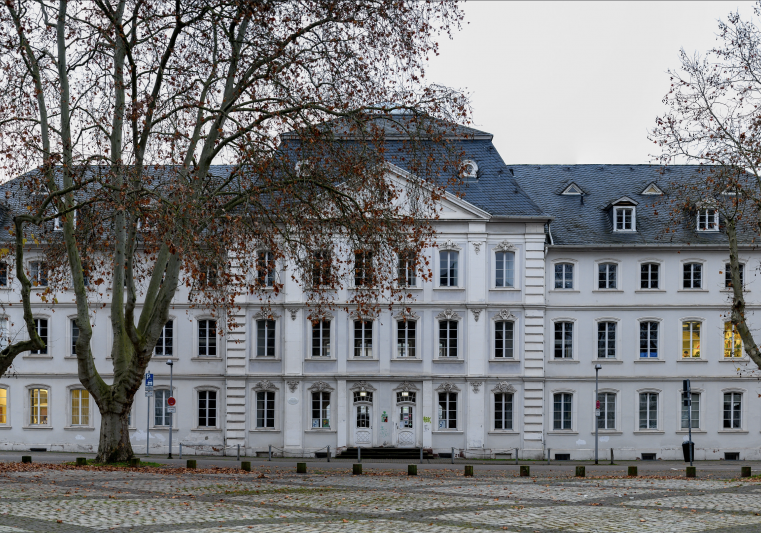
Saar College of Fine Arts
Founded in 1989, The Hochschule der Bildenden Künste Saar is the Saarland’s only university for art and design, offering its varied curriculum to around 500 students. Since its creation, the university has developed into one of the most important creative training centers in the greater region of Saarland-Western Palatinate-Alsace-Lorraine-Luxembourg-Wallonia.

University Anhalt
With three campuses located in Bernburg, Dessau and Köthen, Hochschule Anhalt has pioneered innovative research and teaching methodologies for more than 30 years. With its holistic approach, the university prides itself on helping shape the life and work of an international student body, guided under the motto, “Lively. Innovative. Tied together.”
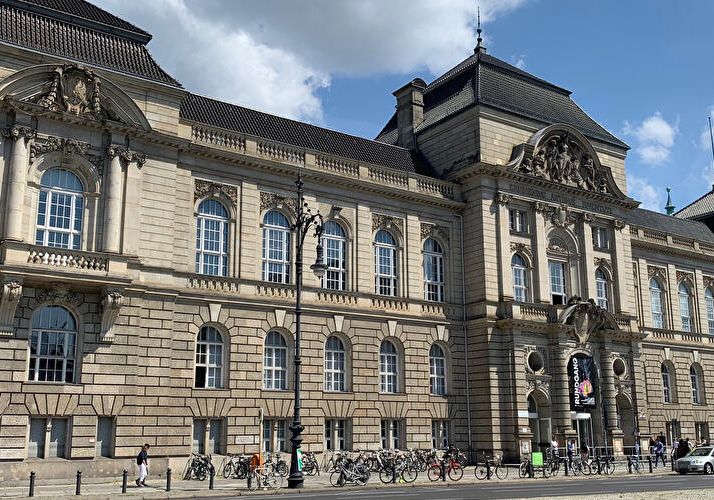
Berlin University of the Arts
Berlin University of the Arts is one of the largest and most diversified universities of the arts in the world. The teaching offered mostly in traditional formats in the four colleges of Fine Arts, Architecture, Media and Design, Music and Performing Arts as well as at the Central Institute for Continued Education/ Berlin Career College as well as the inter-University centres for Dance (HZT) and Jazz (JIB) encompasses the full spectrum of the arts and related academic studies in more than 70 courses. With the right to confer doctorates and post-doctoral qualifications, Berlin University of the Arts is also one of the few art colleges in Germany with full university status.

HTW Berlin - University of Applied Sciences
HTW Berlin stands for challenging studies, qualified graduates and practice-oriented research. As Berlin's largest university of applied sciences, it uses the diversity of its 70 degree programs in the fields of technology, computer science, business, law, culture and design for networked collaboration. In this way, it makes scientifically sound contributions to technical, economic and social development. HTW Berlin's competencies are particularly pronounced in the areas of "Industry of Tomorrow," "Digitalization" and "Creative Industries.
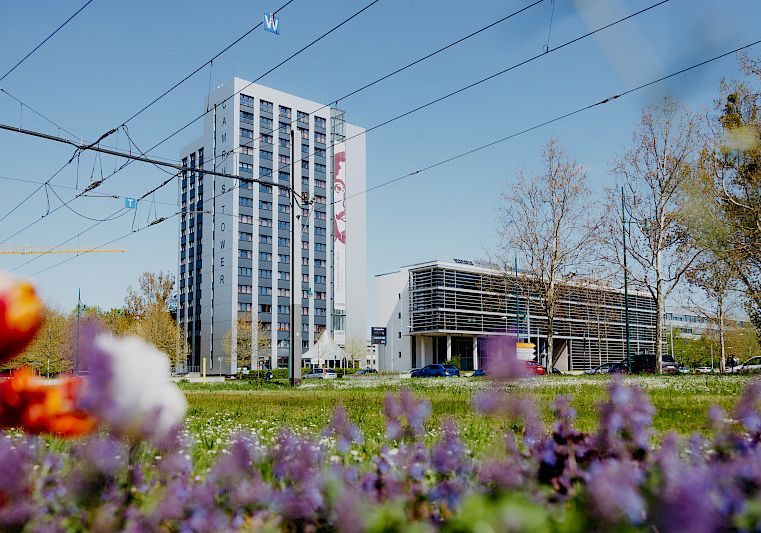
Otto von Guericke University Magdeburg
Otto von Guericke University Magdeburg was founded in 1993 and is one of the youngest universities in Germany. Its roots lie in the three higher education institutions of the time: Magdeburg University of Technology, Magdeburg University of Education and Magdeburg Medical Academy. With 9 faculties and nearly 13,800 students, its importance is increasingly
growing as a university center of teaching and research just like the state capital Magdeburg, which is developing into a city of business, science and culture.
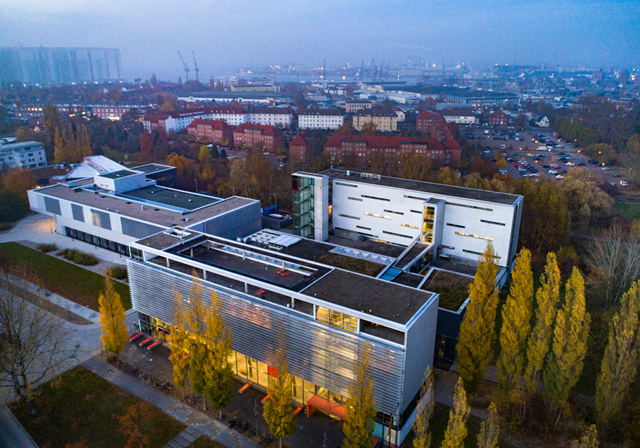
Faculty of Architecture and Design University Wismar
The faculty represents an holistic conception of composition, art, design and
architecture with the focus on the students education in individually developed design and project work. The approximately 700 students have their own studios as well as a variety of laboratories and workshops at their disposal on the university campus between the city center of Wismar and the harbor on the Baltic Sea.
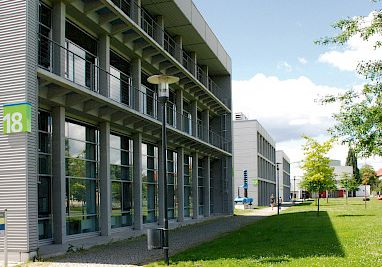
University Magdeburg-Stendal
Founded in 1991, the name of the university has long been a trademark for a sound academic education and for a committed student body. At three departments in Magdeburg and two departments at the Stendal site, prospective students can choose from about 50 courses of study. Around 130 professors guarantee a very good supervision rate for about 3,650 students in Magdeburg and more than 1,650 in Stendal. Since the winter semester 2005/06, only Bachelor's and Master's degree programs have been offered.

Potsdam University of Applied Sciences
The University of Applied Sciences Potsdam (FHP) was founded in 1991 and is located in the north of Potsdam. The range of subjects includes information science, engineering, socio-cultural and design courses. In addition, there is a broad portfolio of transfer and continuing education programs.
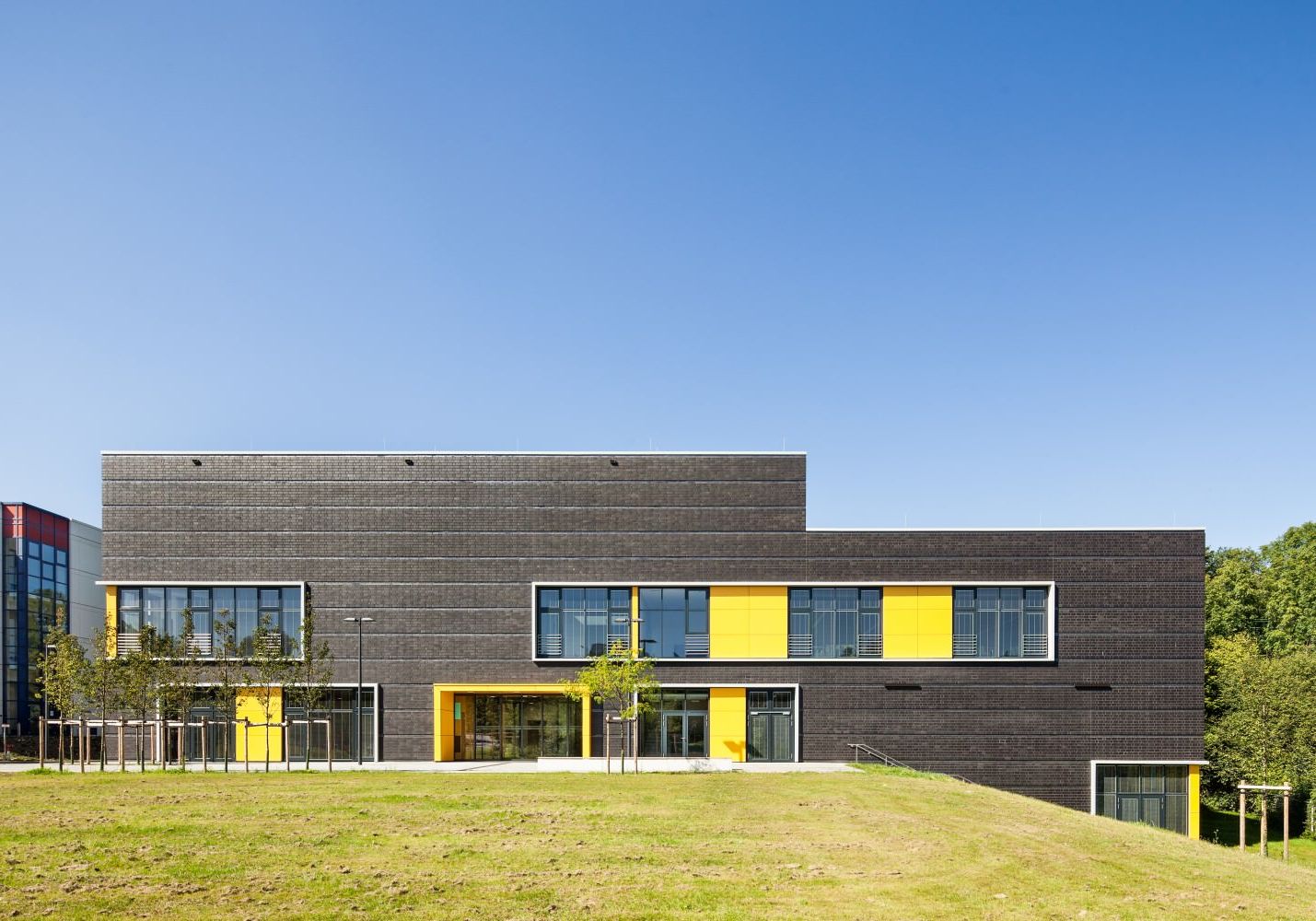
Aachen University of Applied Sciences
Since its foundation, FH Aachen has established itself as one of the biggest universities of applied sciences in the country. Catering to more than 15,000 students across Aachen and Jülich, the university prides itself on practice-oriented education, with a curriculum that traverses design, research, engineering and technology.
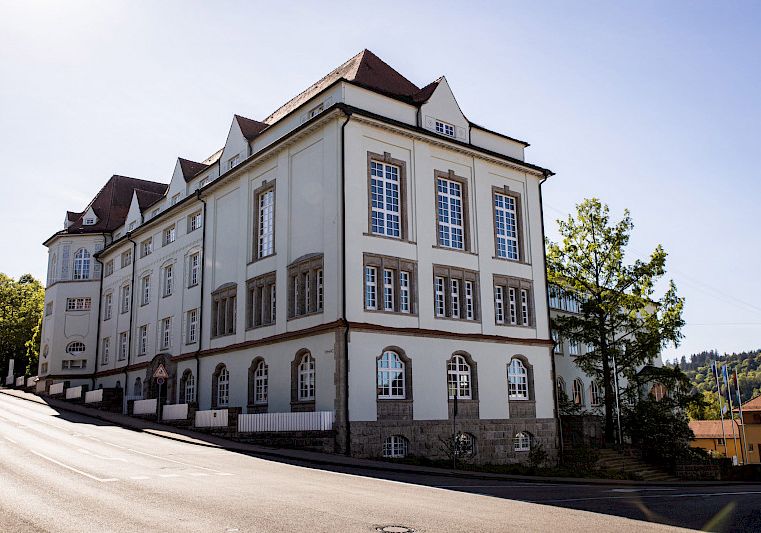
Schwäbisch Gmünd University of Design
For the HfG Schwäbisch Gmünd, design is an innovative discipline with scientific, social and technical references. It contributes to influencing cultural, technical and economic developments in a responsible and sustainable way. The university deliberately dispenses with artistic or handicraft prerequisites in the teaching of design basics. In contrast, all five study programmes focus on scientific findings and the rational justifiability of design decisions.
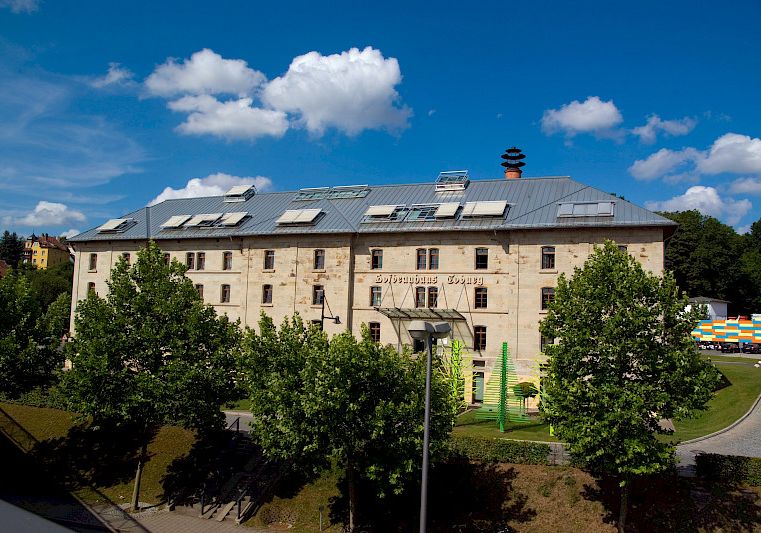
University of Applied Sciences Coburg
University of Applied Sciences Coburg offers diverse courses in Building & Design, Social & Health, Technology & Computer Science, and Business. The university focuses on future-oriented competencies in both studies and teaching, actively addressing topics relevant to the future through research and practical applications. It serves as a catalyst for social, ecological, and economic innovations in its region. The Faculty of Design follows the "principle of design" to foster interdisciplinary teaching and collaboration, aiming to break down disciplinary boundaries and create innovative solutions in diverse teams.
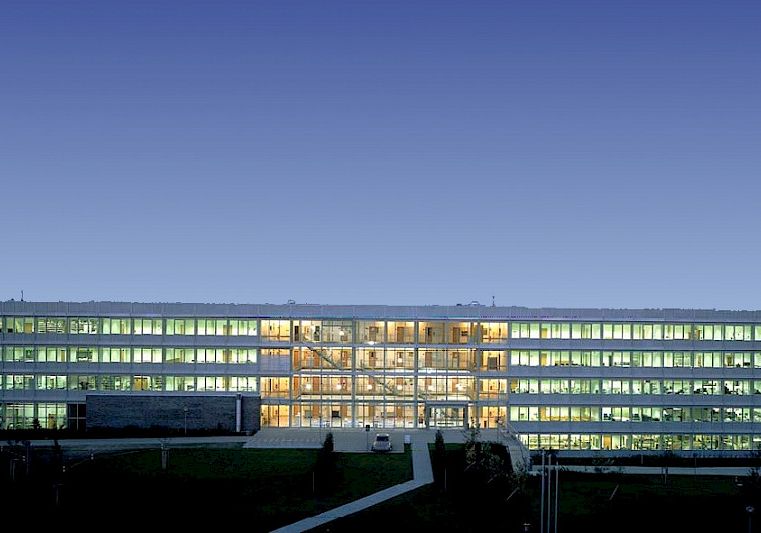
Dortmund University of Applied Sciences
With approximately 14,500 students, Dortmund University of Applied Sciences is one of the largest universities of applied sciences. Developments in practice are taken up by continuous reforms of the courses of study and, in addition to sound science, ensure practical relevance - a recognized strength of the universities of applied sciences. Opportunities are constantly being improved through the expansion of bachelor's and master's degrees. "We focus on students" - this guiding principle of the Fachhochschule Dortmund symbolizes what is essential: a first-class education. The design department has 1,300 students in five bachelor's and four master's degree programs, making it one of the largest design departments in Germany. Studies are offered in the areas of Editorial Design, Film & Sound, Photography, Communication Design, Object and Spatial Design, Serious Games & Digital Knowledge and Scenography.
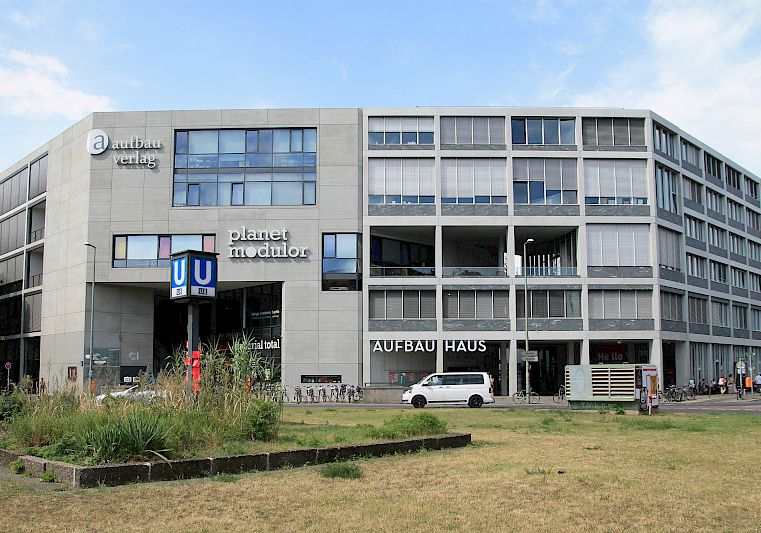
SRH Berlin University of Applied Sciences
The SRH Berlin University of Applied Sciences was created in 2019 from the merger of SRH Hochschule Berlin with SRH Hotel-Akademie Dresden, SRH Hochschule der populären Künste (hdpk) and design akademie – SRH Hochschule für Kommunikation und Design. Since 2020, they are also represented in the north of the country with the new SRH Campus Hamburg. The SRH Berlin University of Applied Sciences is divided into six schools located in Berlin, Dresden and Hamburg. The schools differ in their professional profiles and create synergies through common academic and administrative structures, resources and values under the umbrella brand of SRH Berlin University of Applied Sciences.
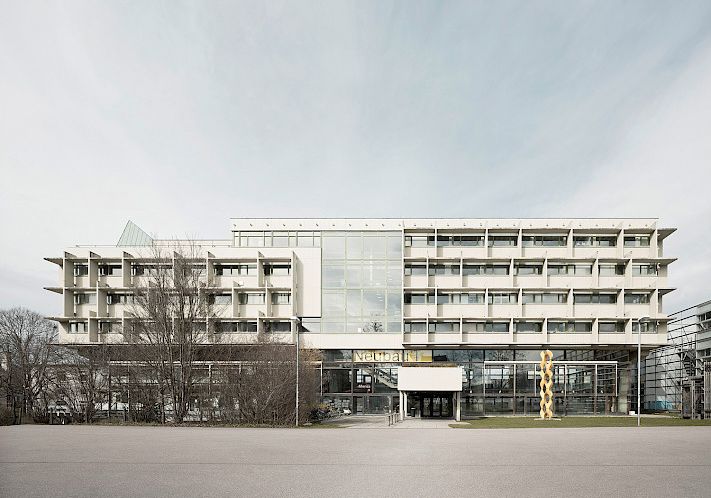
State Academy of Fine Arts in Stuttgart
The Stuttgart State Academy of Art and Design has been nurturing the artistic and creative ambitions of its students and staff for over 250 years. Offering 22 programmes in Architecture, Arts, Art Education, Design and Conservation – Art History, the university promotes transdisciplinarity, diversity and cultural openmindednes with around 900 students.
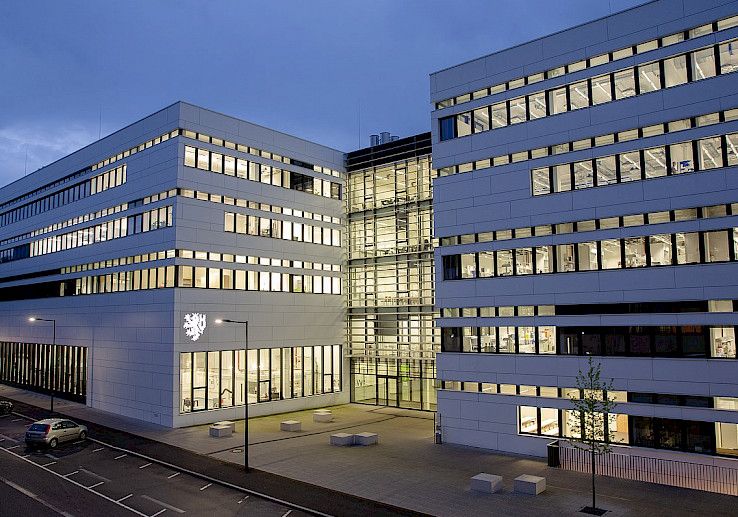
University of Wuppertal
The Bergische Universität Wuppertal is a dynamic and future-oriented university in the heart of Europe. Located near the major cities of Düsseldorf and Cologne and in the midst of the scenic Bergisches Land region, the "university in the countryside" offers over 23,000 students from more than 100 countries a diverse, practice-oriented range of courses that opens up excellent prospects for their future professional lives. Students at Bergische Universität Wuppertal can choose from a wide range of subjects in the fields of natural sciences, humanities, engineering and economics, as well as teacher education, architecture and design.
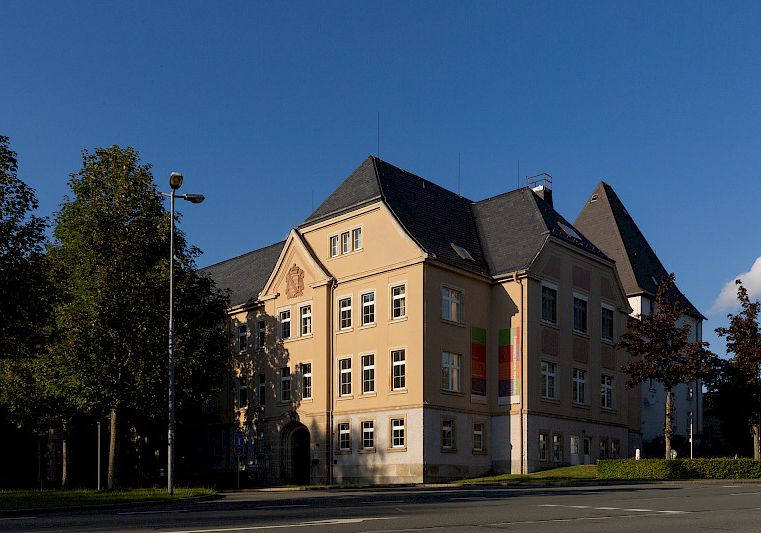
University of Applied Sciences Zwickau
The University of Applied Sciences Zwickau, is a versatile academic institution dedicated to education and research, playing a pivotal role in the academic landscape of Saxony. In the Design Faculty at Applied Arts Schneeberg, the degree programmes bridge the gap between traditional crafts and contemporary design. The focus extends to product design in the context of modern business and culture, with an emphasis on the needs of the individual. The design bachelor's and master's degree programs offer comprehensive education, encompassing both foundational and specialized courses in the fields of wood design, fashion design, and textile art/textile design.
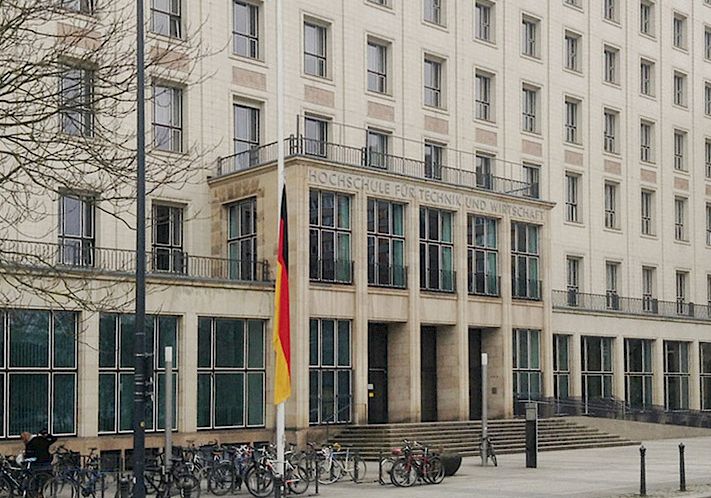
University of Applied Sciences Dresden
Founded in 1992, HTW Dresden is the second-largest university in the capital of the state of Saxony. Delivering 43 study programmes such as agriculture, horticulture, landscape planning and development, the university caters to 5,000 international students; a number that allows manageability and facilitates personal dialogue in individual courses.

University of Art and Design Offenbach am Main
First established as a craftsman’s school, HfG Offenbach has a tradition stretching back to the year 1832. Shortly afterwards, it sharpened its focus on practical arts, crafts and theoretical subjects. Inspired by the training and research models of Bauhaus and the Hochschule für Gestaltung Ulm, the university practices future-oriented teaching. Its participation in this year’s RIMOWA Design Prize will be carried out by the “Design Institute of Technology”.
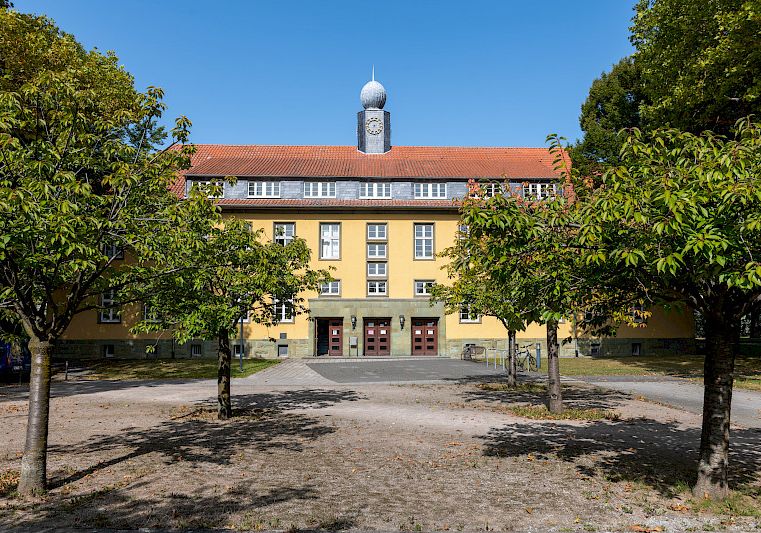
South Westphalia University of Applied Sciences
21 years after its foundation, the University of Applied Sciences of South Westphalia is now one of the larger universities of applied sciences in North Rhine-Westphalia with around 11,100 students and 952 employees. At its five campuses in Hagen, Iserlohn, Lüdenscheid, Meschede and Soest, a total of 84 bachelor's and master's degree programmes are offered in the fields of agricultural economics, design management and product development, health and natural sciences, computer science and digitalisation, education and psychology, technology and engineering, environment and sustainability, and business and law. International study visits are made possible through cooperations with around 60 partner universities worldwide.

University of Fine Arts Hamburg
Founded more than 250 years ago as a school for applied art, the HFBK Hamburg is today one of the most internationally renowned art universities and a place of innovative teaching and research in and with the arts. Almost 950 students are currently working, learning and researching together in studios and workshops and are accompanied by teachers in seminars, discussions and excursions. The program does not follow a rigid curriculum, but offers plenty of room for individual and collective experimentation and development of artistic research processes, embedded in a diverse, international network.

Trier University of Applied Sciences
With around 7,000 students, Trier University of Applied Sciences is the second largest university for applied sciences in Rhineland-Palatinate. A strong focus on application and practice, innovative teaching methods, and the strong combination of teaching and research characterize our studies. On three campuses we offer 80 degree programmes in the fields of Mechanical Engineering, Electrical Engineering, Civil Engineering, Building and Supply Engineering, Food Technology, Computer Science, Games, Therapy Sciences, Economics, Law, Environmental Studies, Architecture, and Design, thus presenting a diverse educational programme unique in the region.
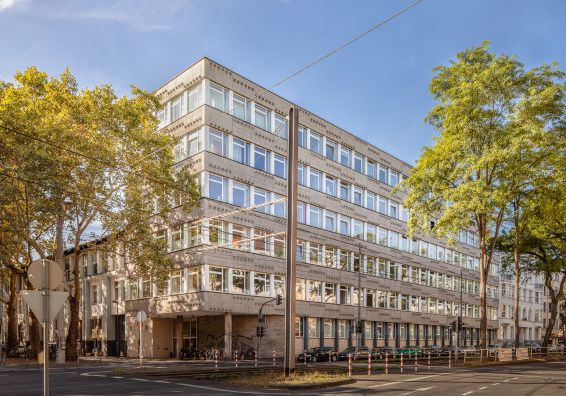
Köln International School of Design
KISD, an abbreviation of Köln International School of Design, is an institute of the Faculty of Cultural Sciences at the TH Köln. KISD offers its students the possibility to explore and create the diversity and complexity of design in a profound and systematic manner. During the studies, future designers acquire a practical and theoretical design knowledge, which qualifies them for present and future spheres of activity in design. For more than 30 years, KISD has been offering its students a unique project-oriented learning and research environment aiming at strengthening the students’ individual interests. Therefore, all study courses at KISD can be described as integrative, interdisciplinary, and international.